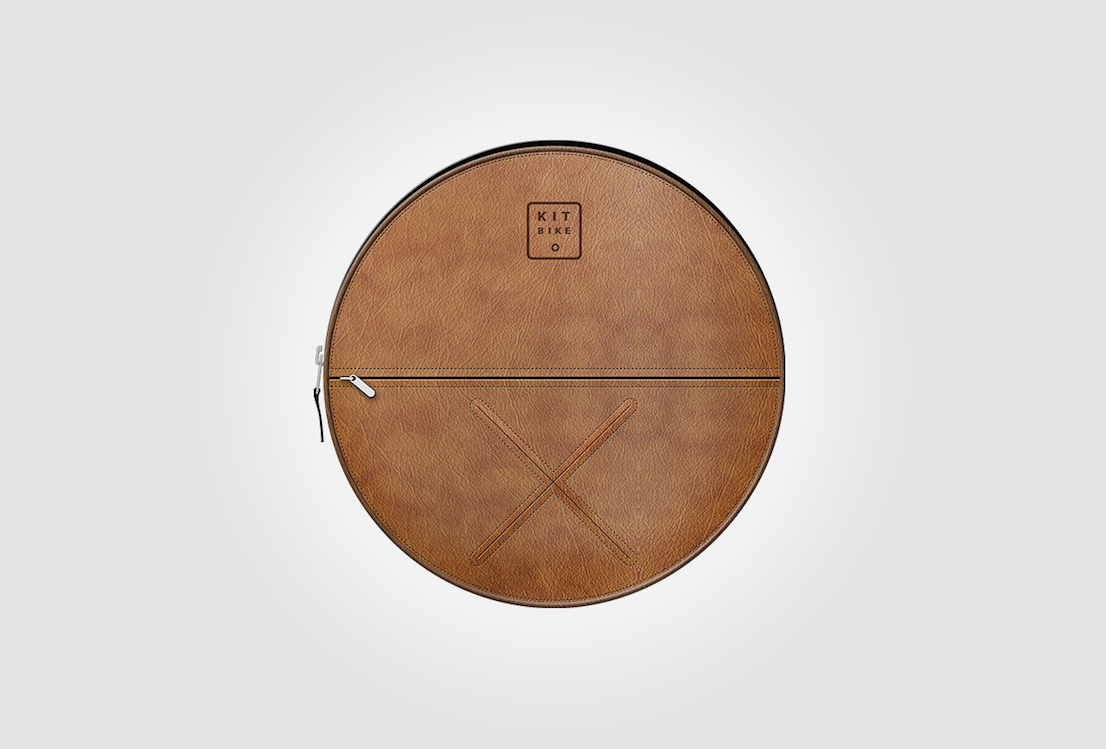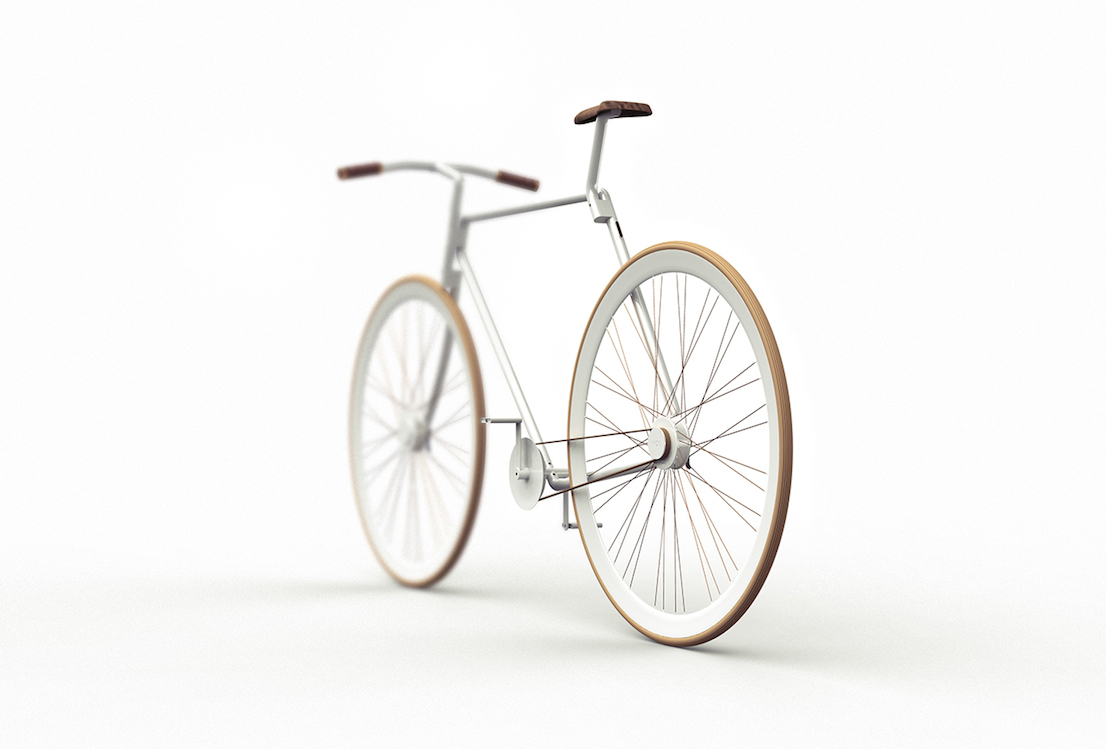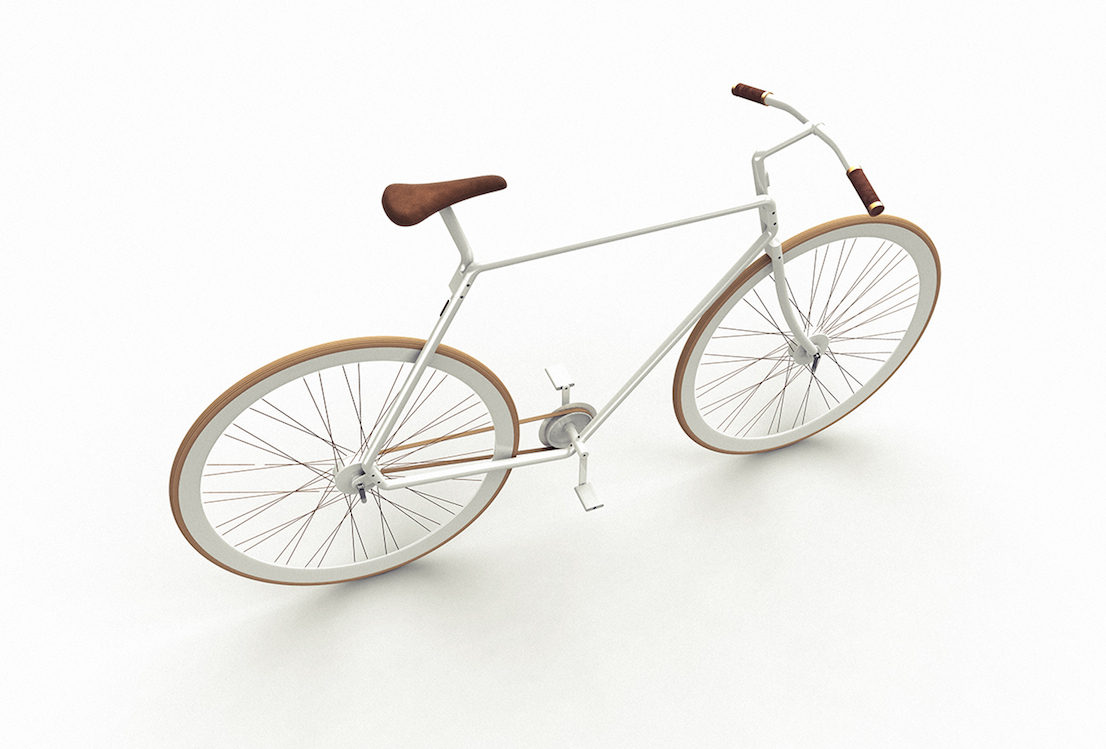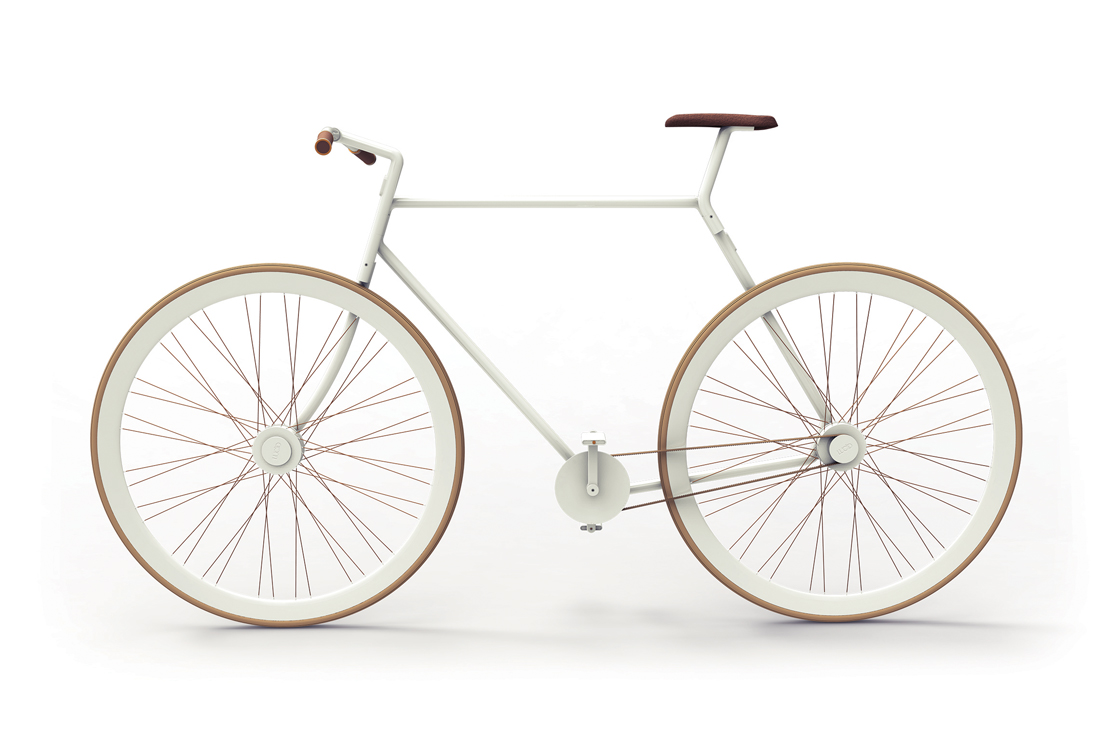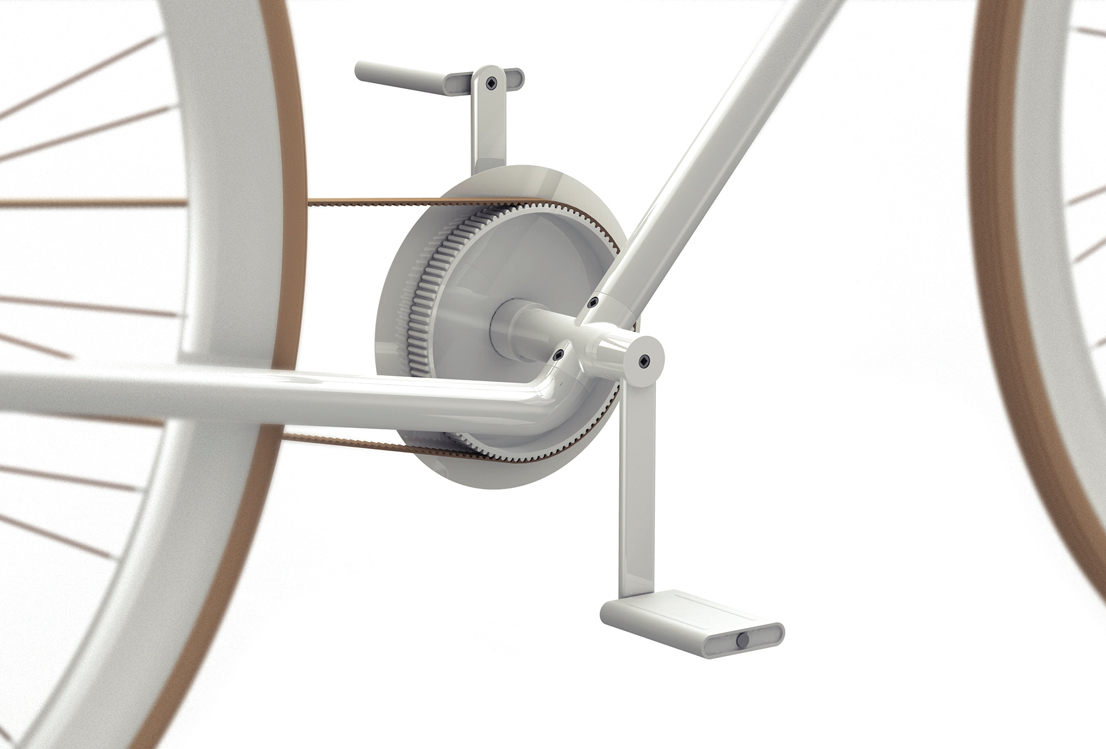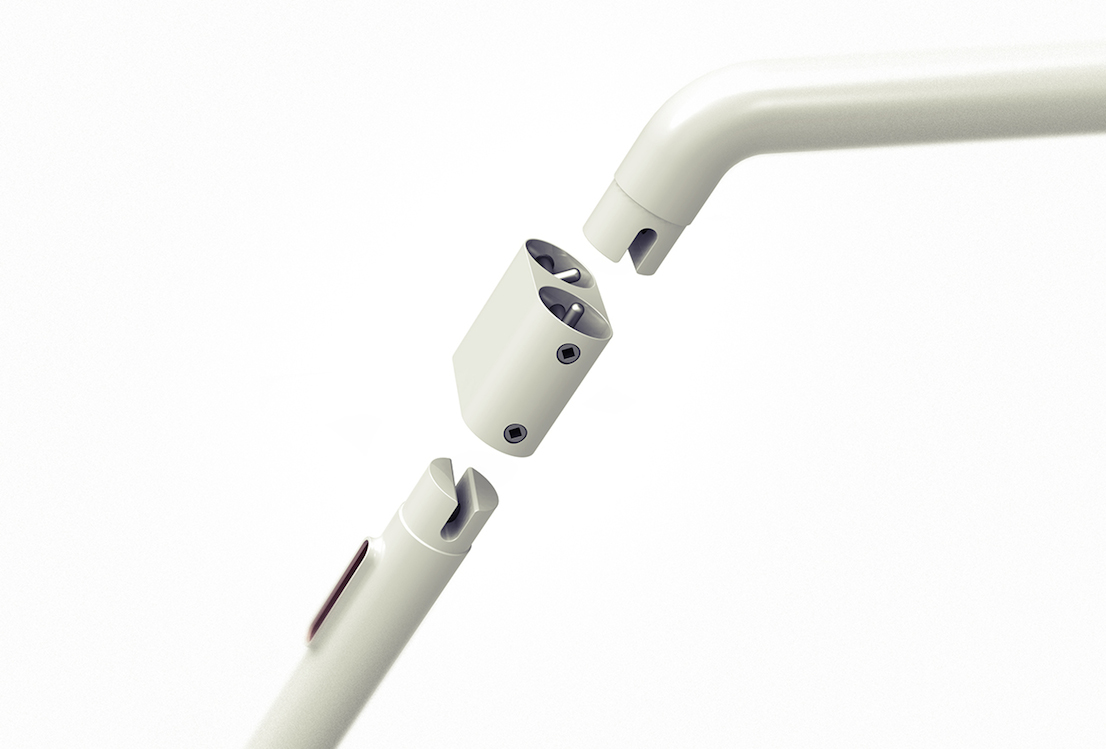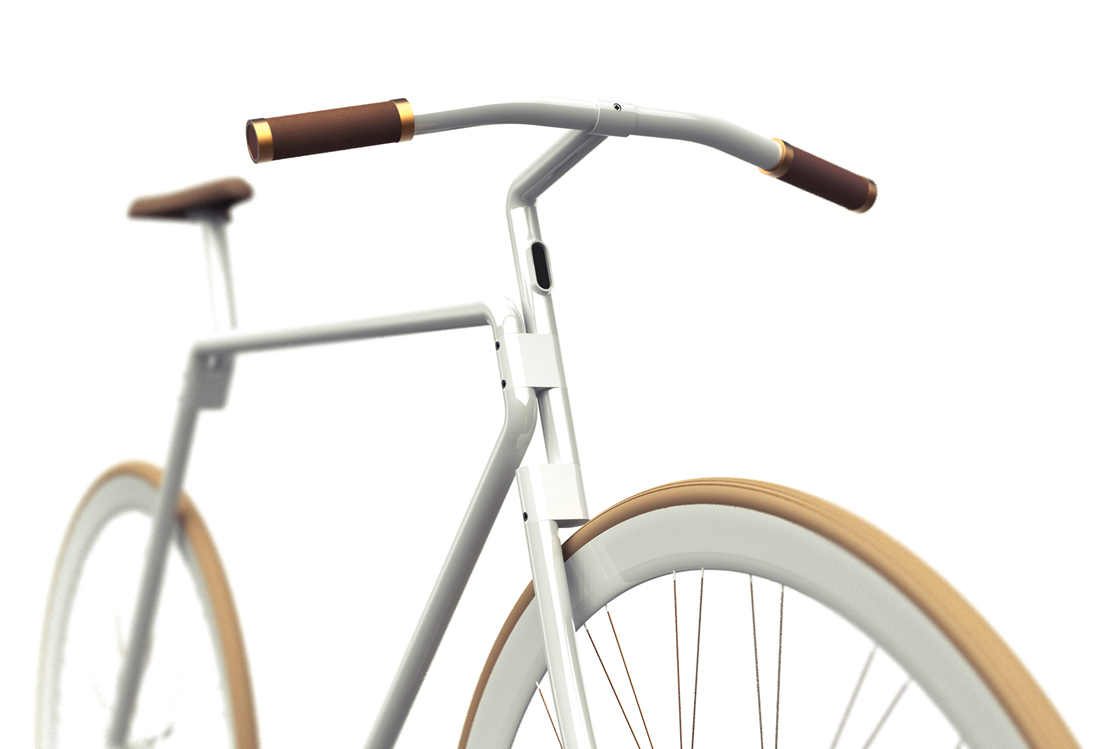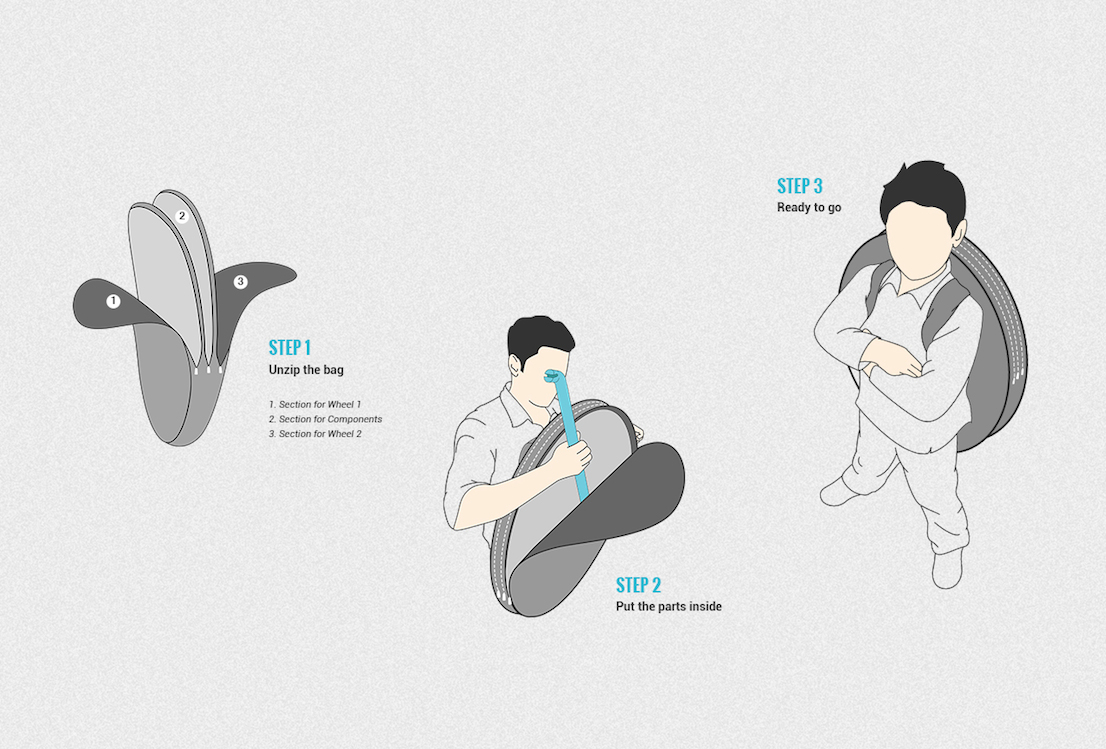4 September 2014
In recent years bicycles have seen a real boom in production and in demand from a public increasingly concerned about reducing emissions from nonrenewable sources of energy. Hence there has been a proliferation of models with a wide variety of forms and functions. Among the favorites we find the folding ones: the freedom to use the bike on the road and then fold it up and take it away in a small suitcase is a dream that is coming true. The one proposed by the Indian company Lucid Design, called the Kit Bike and radical in its essentiality, is particularly well conceived: a frame of aluminum tubes, connected by joints with a rotating mechanism that allows it to be assembled (and dismantled) quickly and intuitively. The pieces of the bike can be put in a circular leather bag, the same shape as the wheels—which remain the bulkiest components once the rest of the structure has been taken apart. A recent recipient of the Red Dot 2014 Design Award for its innovation, the bicycle in reality has origins that go a long way back in time. Like a lot of functional technological design, in fact, the precedents can be traced back to wartime needs and to models based on a similar solution developed for military purposes between the end of the 19th century and the beginning of the 20th.

